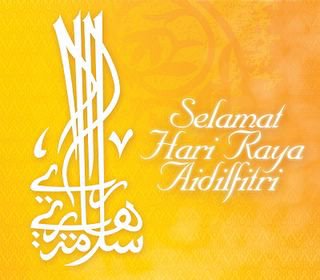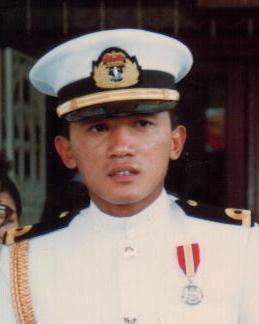Method - Interview
THE WALL STREET JOURNAL ON TONY FERNANDES OF AIRASIA AIRASIA FOUNDER LIKES WORKERS TO SPEAK UP (From THE WALL STREET JOURNAL ASIA )
Malaysian Tony Fernandes founded AirAsia, Asia 's first low-cost carrier, in 2001 and expanded the company by setting up joint-venture airlines in Thailand and Indonesia . Mr. Fernandes, 42 years old, graduated from the University of London in 1987 with a finance degree and in 1992 moved back to Malaysia, where he became managing director of Warner Music Malaysia, and later, vice-president of Warner's Southeast Asian operations. He quit in 2001 to start AirAsia.
One of Malaysia 's most outspoken business executives, Mr. Fernandes not only has strong ideas on the way airlines should be run, but also how Southeast Asia 's top-down corporate culture should change. He spoke to reporter Cris Prystay about his style.
WSJ: What was your first job and what did you learn from it?
Mr. Fernandes: My first job was a waiter in London at the Cavendish Hotel. I was 17. I learned that working was hard and you had to be professional, even as a waiter. You had other colleagues. If my performance was poor, it let down the whole team. My first [career] job was as an accountant at an auditor in London . It was mind-blowingly boring. I was a junior auditor and was photocopying and adding up rows of columns. The big lesson there: make sure you go into a job that you enjoy. Otherwise, you don't give any value to your employer, and you certainly don't add any value to your own mind.
WSJ: Who gave you the best business advice?
Mr. Fernandes: It was probably Stephen Shrimpton (the former chief executive officer of Warner Music International) at Warner. I was a man in a rush. I was 28 when I became the managing director of Warner Music Malaysia , and I wanted to be the regional MD. I wanted to take over the world. One night, Steve talked to me outside the Sheraton Hotel in Hong Kong for three hours. He told me there's no need to rush and that it's about developing my own personality and making sure I'm ready for the next job. I see that now: No matter how bright someone is at 25, there's nothing like experience. He slowed me down, and made me understand that you need to take time to understand the business better, to understand your people better.
WSJ: What's the one thing you wish every new hire knew?
Mr. Fernandes: Humility -- and knowing what the real world is like. The new generation is coming in pretty soft. A lot of these young guys haven't lived through a recession. There are plenty of jobs out there and they think, "I can always walk into another job." The hunger and determination to do their best is sometimes not there.
WSJ: Is there a difference between the management culture in Asia and the West?
Mr. Fernandes: The management culture here is very top-down. There's less creativity and fewer people who are willing to speak out. They're more implementers than doers. There's less freedom of speech, and that impacts the business world. Even when they know things are not right, they won't speak out. They just do what they're told to do.
WSJ: What's the biggest management challenge you face?
Mr. Fernandes: To get people to think. At AirAsia, we want 4,000 brains working for us. My biggest challenge is to get people to talk, to express themselves, to get people to challenge me and say " Tony, you're talking rubbish. " T hat's what I want, not people who say "Yes, sir." The senior management doesn't have all the answers. I want the guy on the ramp to have the confidence to tell me what's wrong.
WSJ: What are you doing to clear that hurdle?
Mr. Fernandes: We have no offices. We dress down. You wear a suit, and you put distance between you and your staff. We're on a first-name basis. I go around the office, around the check-in desks, the planes constantly, talking to people. Fifty percent of my job is managing people in the company. You get people to open up to you by just asking them to do it, and then responding to them. You don't send a memo, or do some "speak up" incentive program. It's got to be from the heart.
WSJ: What was the most satisfying decision you've made as a manager?
Mr. Fernandes: Once a month, I carry bags with the ramp boys, or I'm cabin crew, or at the check-in. I do this to get close to the operation. I also want to know my people. When I first started this, I met all these bright kids at the check-in or carrying bags. We were starting this cadet pilot program, and I said, "Let's open it up to anyone. Let some of these kids apply." They have the brains, but they just didn't have the money to get the education. Out of the first batch of 19 cadets, 11 came from within the company. Some of these boys got the highest marks ever in the flying academy. There was one kid who joined us to carry bags, and 18 months later he was a First Officer of a 737. Can you imagine what that does for the motivation in the company? Everyone talks about developing human capital, but we did it.



